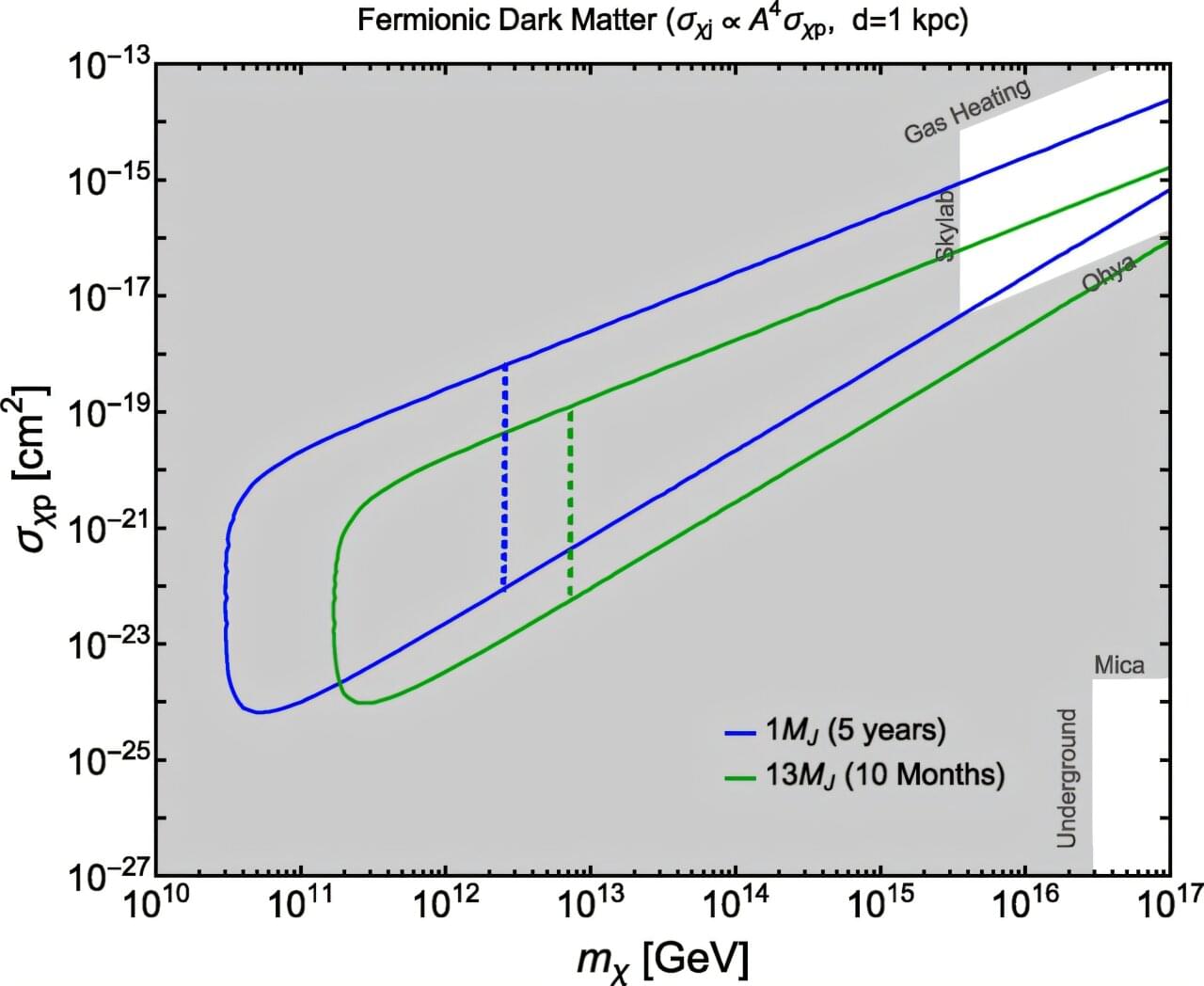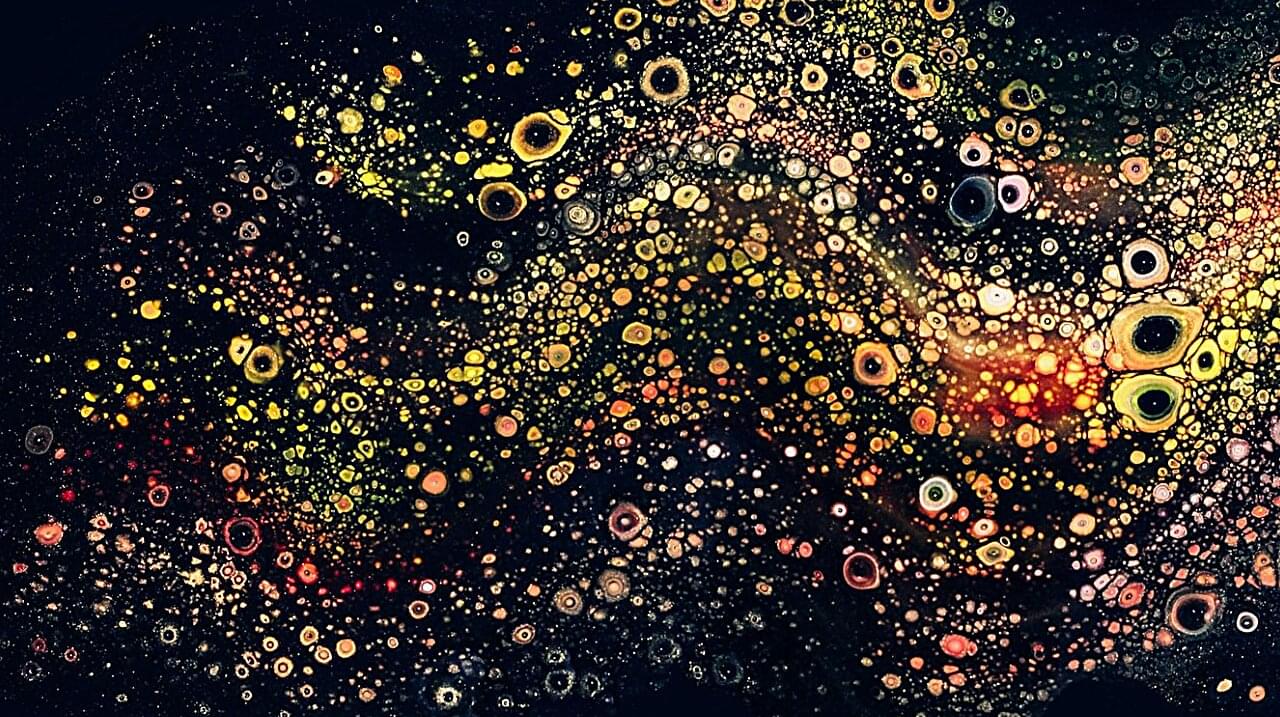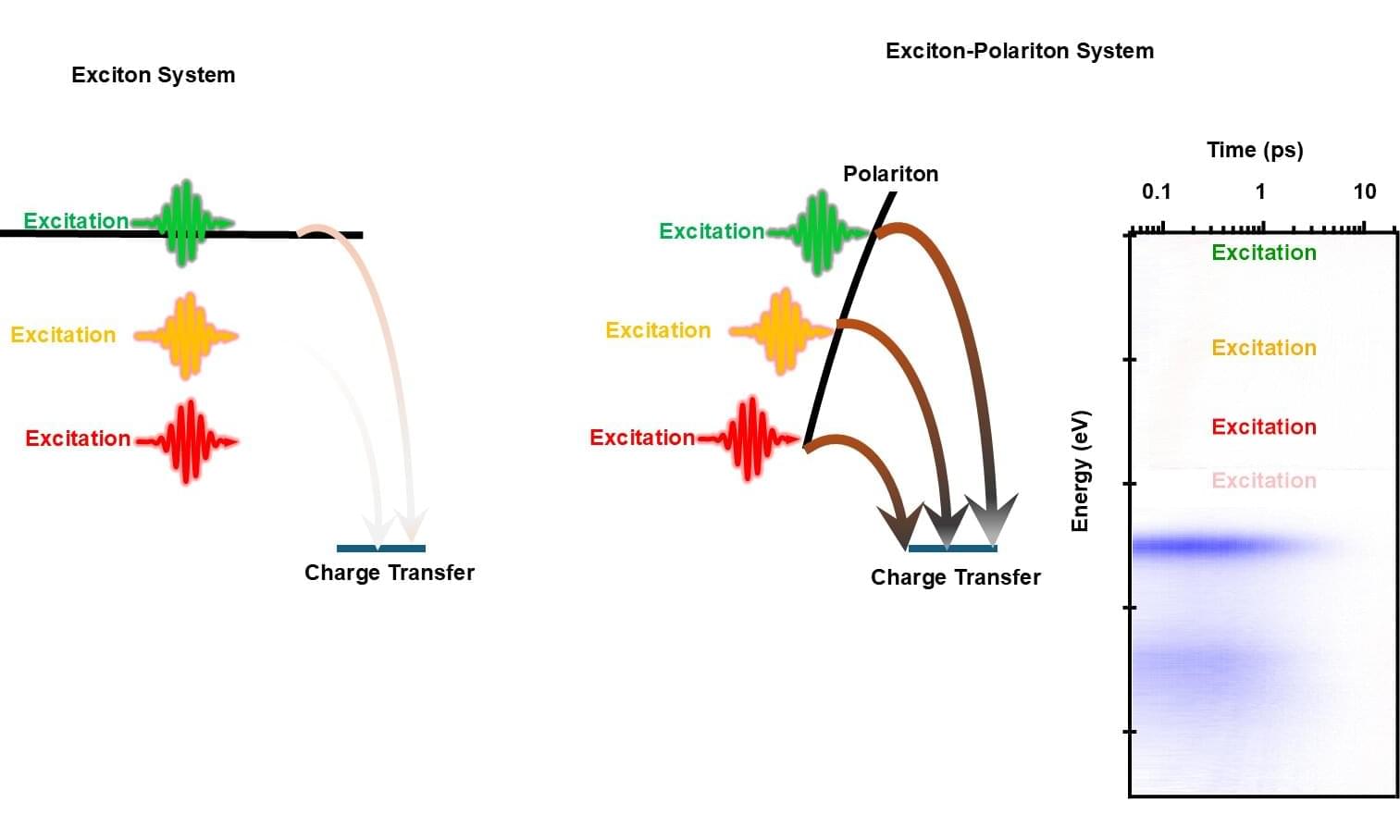Questions to inspire discussion.
🤖 Q: What is Tesla’s vision for autonomous vehicles? A: Tesla is prioritizing a robo taxi future with Cybercab and potentially Robovan, likely to focus on producing robo vehicles over traditional cars in the near future.
📊 Q: How does the Model Y L fit into Tesla’s robotaxi plans? A: The Model Y L would be a good fit for the robo taxi network, offering a bigger car with more versatility that people want, even if they don’t need the space, and would be a hot seller in the US market.
Tesla’s Full Self-Driving Progress.
🚀 Q: How close is Tesla to achieving full self-driving? A: With version 14 of FSD almost complete and version 15 likely to be the final needed version within a year, Tesla is expected to fully commit to the robo taxi future.
🏢 Q: How has Tesla’s leadership approached the robotaxi strategy? A: Tesla’s executives previously resisted Elon Musk’s push to bet the company on robo taxis, but are now likely to fully commit given the progress in FSD development.








